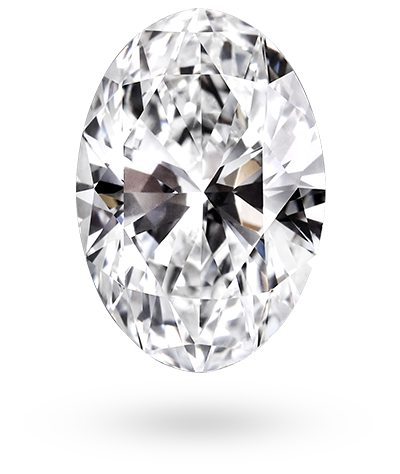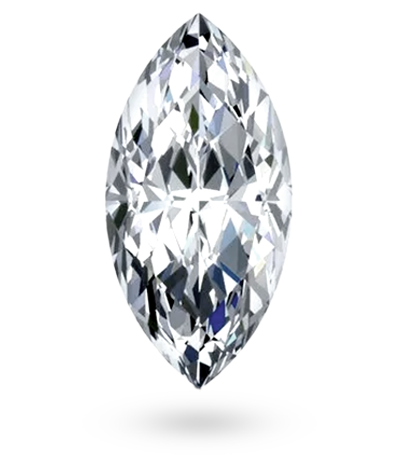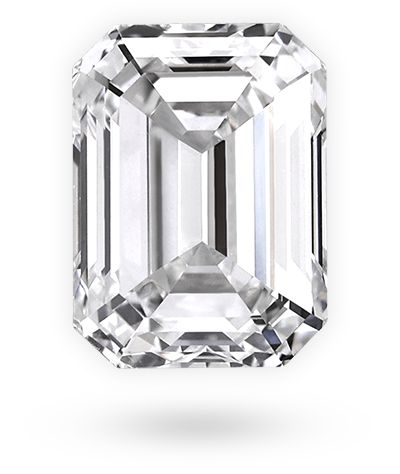Round
The round-cut diamond is the most favored choice for engagement rings, accounting for nearly half of all ring sales. It has held this prominent position for over a century, benefiting from extensive research and meticulous mathematical calculations by diamond cutters to optimize the diamond's 4Cs and overall brilliance.










